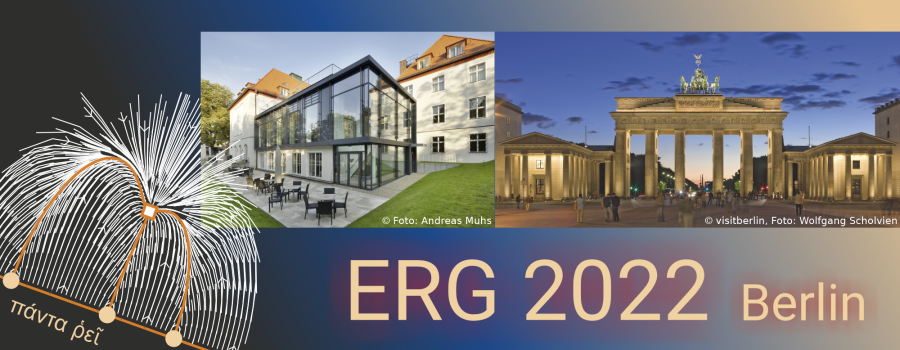Speaker
Description
Describing the emergence of phases of matter is one of the central challenges in physics. The main complication is the tremendous computational effort required to investigate real materials. Therefore, approximations to enable accurate and fast calculations are of central importance to deepening our understanding of phases of matter. Here, we present a new truncated unity (TU) approach unifying real- and momentum-space TUFRG in a symmetry-preserving fashion, called TU$^2$FRG. This formalism significantly improves the scaling compared to conventional momentum (TU)FRG when applied to large unit-cell models and models without translational symmetry. To showcase its predictive power, we study the topological edge modes in the superconducting phase of graphene.

